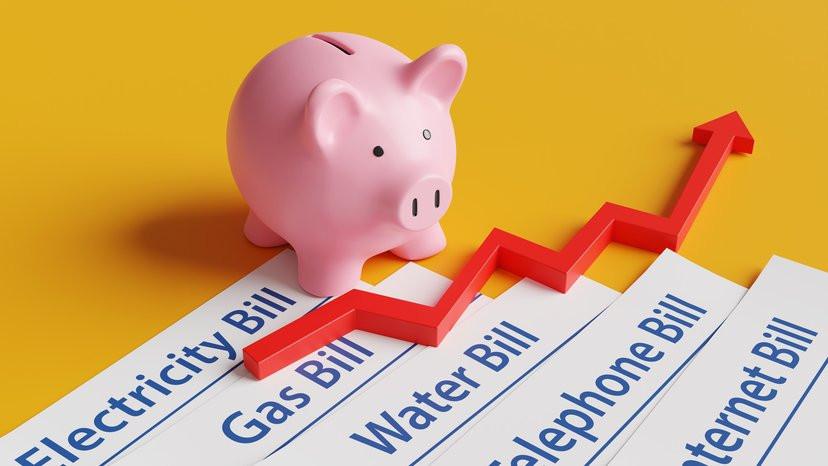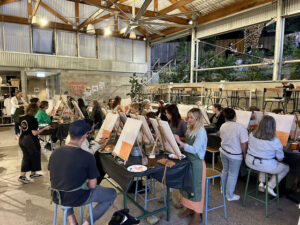
From how you get paid to how much you’ll be charged for electricity, there are plenty of changes in store. Here’s what it means for you.
The Western Australian Government has reaffirmed its commitment to the home battery rebate scheme, despite claims from the Opposition that progress has stalled. In a recent evaluation, Energy Minister Amber-Jade Sanderson reported the approval of approximately 4,605 home battery systems within the first six months of the initiative. This figure has led the Opposition to criticize the Labor government’s ability to meet its ambitious target of 100,000 rebates by 2030.
During a visit to a residence in Woodvale on Monday, both Sanderson and Premier Roger Cook launched the Local Battery Manufacturing Program, aimed at accelerating the deployment of home battery systems. The initiative is a centerpiece of the government’s post-election strategy, seeking to establish a sustainable pipeline for the sector.
Opposition figures, notably Shadow Energy Minister Steve Thomas, have taken issue with the rollout statistics. “They should be apologising for the slow and ungainly rollout,” Thomas stated, emphasizing that if the current pace continues, the government will struggle to meet its goals.
Sanderson rejected claims that achieving the target would take a decade or longer. “What we’ve seen is a good, steady start,” she asserted. She highlighted that more than 18,000 rebate applications have already been approved, which reflects growing interest in the program.
One recipient, Woodvale homeowner Steve Gilbert, expressed optimism regarding his investment. He estimates that he will recover the $9,000 cost of new solar panels and a battery within five years. “I don’t really envisage much of a bill at all, to be honest. If it was anything, it might be $20 a month. So it’s big savings, it’s definitely worth it,” Gilbert said.
The Energy Minister acknowledged some initial challenges with payment processing for installers and complications with the application portal. She referred to these issues as “teething” problems that are being resolved. “We’re working through all of that, and any backlog of payments, which are reducing every day,” Sanderson noted.
In addition to addressing these concerns, the government has introduced a $30 million grant scheme for battery manufacturers, aimed at enhancing local production capabilities. Cook described the initiative as an exciting opportunity for the state to become part of a battery manufacturing supply chain, which could lead to lower prices for consumers.
As the government pushes forward with its plans, the focus remains on scaling up battery manufacturing and creating a robust local market in Western Australia. Both Sanderson and Cook are confident that the measures being implemented will steer the state toward achieving its renewable energy goals while ensuring affordable energy solutions for households.







